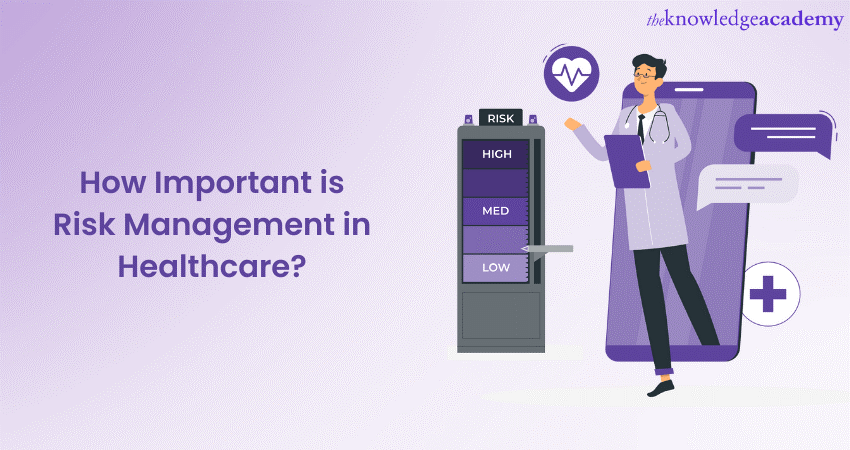How the Importance of Risk Management Shapes Effective Leadership
How the Importance of Risk Management Shapes Effective Leadership
Blog Article
The Importance of Comprehending the Value of Risk Management in Various Industries

The Core Principle of Risk Management and Its Objective
Risk Management, the keystone of many markets, hinges on the recognition, assessment, and mitigation of uncertainties in a company setting. By correctly determining potential threats, companies can establish methods to either stop these threats from occurring or reduce their effect. As soon as risks have been identified and assessed, the reduction procedure entails developing techniques to lower their potential influence.
Advantages of Carrying Out Risk Management in Business Procedures

Revealing the Role of Risk Management in Different Industries
While every industry faces its one-of-a-kind set of threats, the implementation of Risk Management approaches stays an usual denominator in their pursuit of sustainability and development. In the medical care industry, Risk Management involves ensuring patient safety and security and data defense, while in money, it involves mitigating financial investment dangers and making certain regulative conformity (importance of risk management). Building firms focus on worker safety, task delays, and budget overruns. In the innovation field, companies alleviate cybersecurity dangers and technology obsolescence. Ultimately, the function of Risk Management across markets is to identify, analyze, and minimize dangers. It is an essential component of tactical planning, allowing organizations to secure their possessions, make best use of opportunities, and achieve their goals.
Real-life Study Showing Effective Risk Management
To comprehend the significance of Risk Management in these several fields, one can aim to numerous real-life instances that illustrate the effective application of these procedures. In the energy field, British Oil established Risk mitigation plans post the 2010 Gulf of Mexico oil spill. They implemented far better safety and security treatments and more stringent guidelines which significantly lowered additional mishaps. In a similar way, in money, Goldman Sachs efficiently browsed the 2008 monetary crisis by identifying potential mortgage-backed securities threats early. Last but not least, Toyota, publish the 2011 earthquake in Japan, modified its supply chain Management to minimize interruption dangers. These instances demonstrate how industries, picking up from situations, effectively used Risk Management approaches to minimize future dangers.
Future Patterns and Growths in Risk Management Strategies
As the globe remains to progress, so also their explanation do the trends and developments in Risk Management methods. Fast innovations in technology and information analytics are improving the Risk landscape. Big data and AI are now critical in forecasting and minimizing threats. Organizations are leveraging these tools to develop predictive designs and make data-driven decisions. Cybersecurity, when a peripheral issue, has actually catapulted to the leading edge of Risk Management, with methods focusing on discovery, feedback, and avoidance. The integration of ESG (Environmental, Social, Administration) factors into Risk Management is one more growing fad, mirroring the enhancing recognition of the role that ecological and social threats play in service sustainability. Therefore, the future of Risk Management depends on the blend of sophisticated modern technology, cutting-edge methods, and an alternative technique.
Conclusion
In verdict, recognizing the importance of Risk helpful resources Management across a spectrum of markets is critical for their longevity and prosperity. Inevitably, effective Risk Management adds to more resistant and lasting organizations, highlighting the value of this method in today's extremely competitive and dynamic service environment.
While every sector challenges its one-of-a-kind collection of dangers, the application of Risk Management approaches stays an usual denominator in their search of sustainability and development. In the health care industry, Risk Management involves guaranteeing individual safety and data security, while in finance, it includes mitigating investment dangers and guaranteeing regulative conformity. Inevitably, the role of Risk Management across markets is to determine, analyze, and minimize dangers. These cases show exactly how markets, learning from dilemmas, successfully applied Risk Management techniques to lower future risks.

Report this page